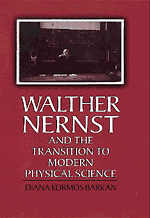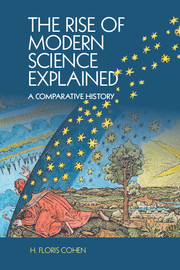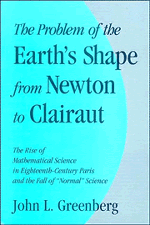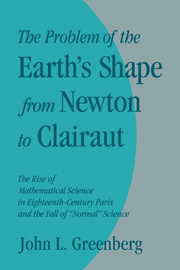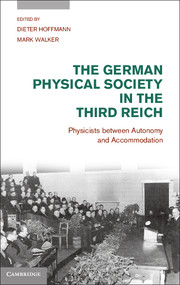Walther Nernst and the Transition to Modern Physical Science
Primarily a scientific biography of Walther H. Nernst (1864–1941), one of Germany's most important, productive and often controversial scientists, this 1999 book addresses a set of specific scientific problems that evolved at the intersection of physics, chemistry and technology during one of the most revolutionary periods of modern physical science. Nernst, who won the 1920 Nobel Prize for Chemistry, was a key figure in the transition to a modern physical science, contributing to the study of solutions, of chemical equilibria, and of the behavior of matter at the extremes of the temperature range. A director of major research institutes, rector of the Berlin University, and inventor of a new electric lamp, Nernst was the first 'modern' physical chemist, an able scientific organizer, and a savvy entrepreneur. His career exemplified the increasing connection between German technical industry and academic science, between theory and experiment, and between concepts and practice.
- Extends knowledge of history of science in the period preceding World War I
- Draws on a wealth of archival material and scholarship
- Readily accessible to a non-specialist audience
Reviews & endorsements
Review of the hardback: 'This insightful book guides the reader through the most successful but also contradictory development of the beginning of the 20th century.' Hermann Berg, Journal of Electroanalytical Chemistry
Review of the hardback: 'A beautifully written and thoroughly researched book.' Bretislav Friedrich, Angewandte Chemie
Review of the hardback: '… an impressive reconstruction of Nernst's intellectual journey … Barkan's book makes notable contributions in the history of physical chemistry … Barkan's study … deserves much attention from historians of physics, especially those who are interested in the early years of quantum theory … a rich narrative that allows a glimpse of numerous scientists and various places in Nernst's time.' Annals of Science
Review of the hardback: '… a valuable and interesting book.' Ambix
Product details
January 1999Hardback
9780521444569
302 pages
229 × 152 × 21 mm
0.61kg
Available
Table of Contents
- Preface and acknowledgments
- 1. The invention of identity
- 2. Beginning
- 3. The early researchers
- 4. The Göttingen years
- 5. The Nernst-Planck exchange
- 6. Electricity and iron
- 7. High temperatures and the heat theorem
- 8. Theory and heat theory
- 9. Berlin and low temperatures
- 10. The incorporation of the quantum theory
- 11. The witches Sabbath: the Solvay Congress
- 12. The Nobel Prize
- Conclusion
- Bibliography
- Notes
- Index.

